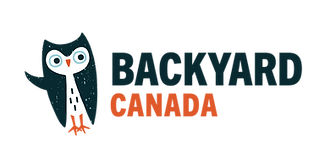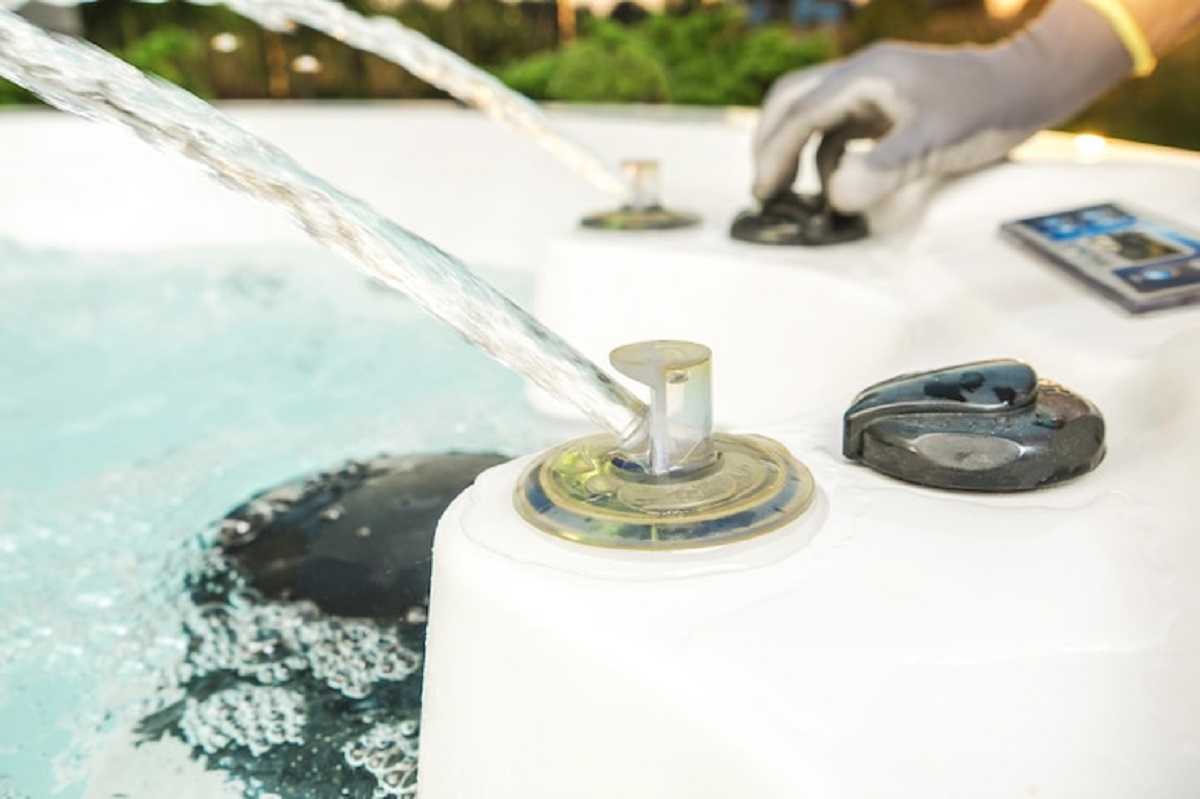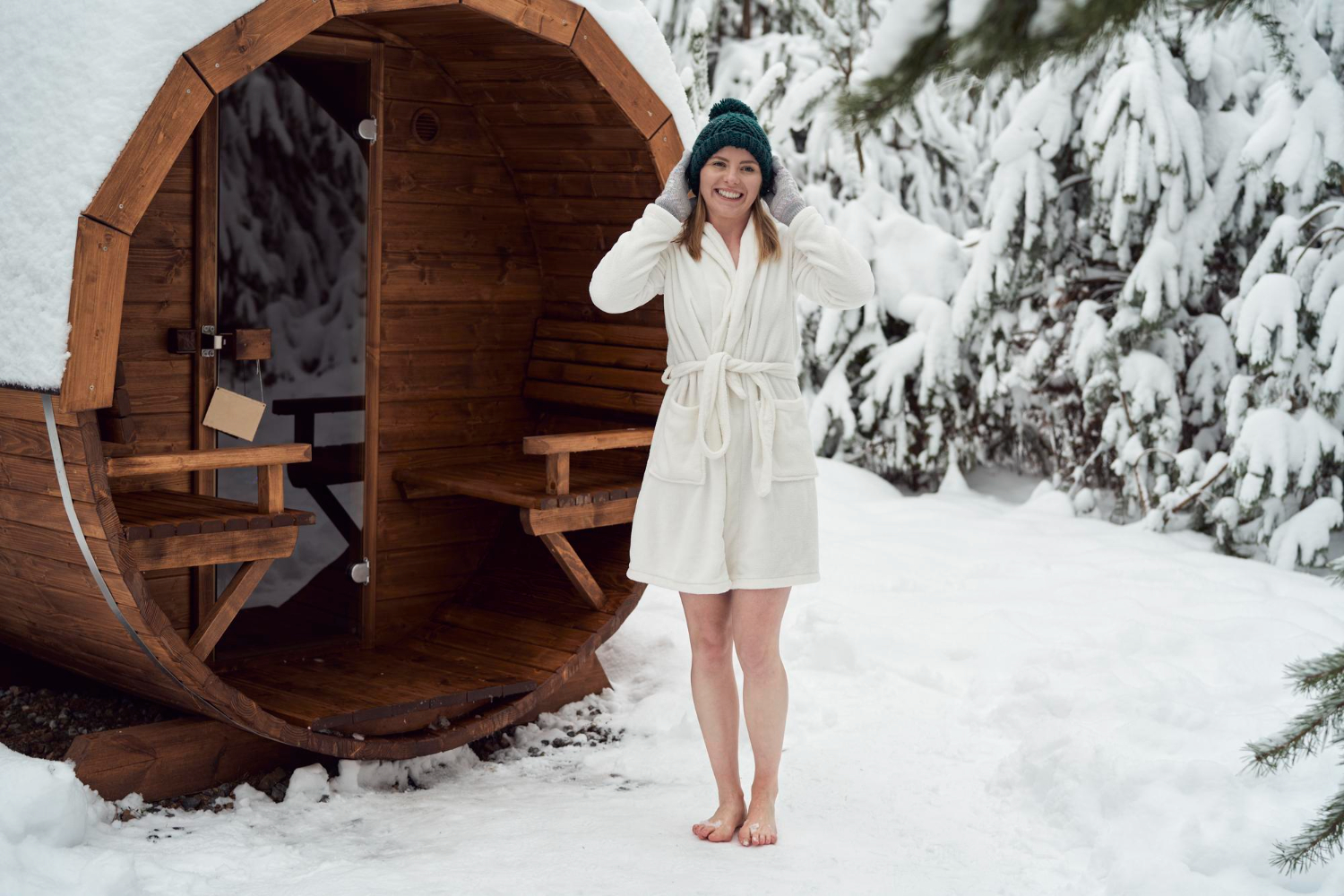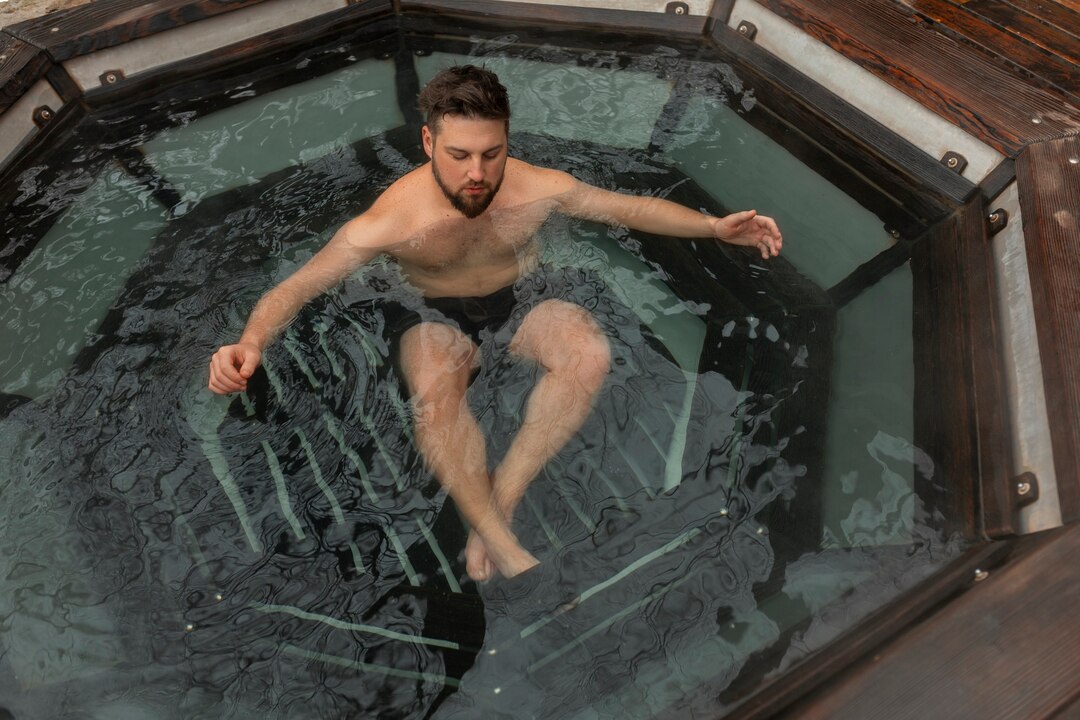Thinking of buying a hot tub? This guide walks you through what homeowners should know before buying a hot tub- From sizing and features to installation and maintenance, so you can make the right choice the first time.
Why Buying a Hot Tub Deserves Thoughtful Planning
A hot tub isn’t just a backyard luxury; it’s a long-term investment in relaxation, wellness, and home enjoyment. Choosing the right one isn’t as simple as picking the first model on sale.
From jet types to insulation quality, from local climate compatibility to year-round maintenance, many details impact how satisfied you’ll be long after your purchase. If you’re buying a hot tub in Calgary or another cold-climate region, the stakes are even higher: winter-ready performance is a must.
What Homeowners Should Know Before Buying a Hot Tub; Be Sure to Consider How You’ll Use Your Hot Tub
The best hot tub for your home depends on how you plan to use it. If you’re envisioning quiet, solo soaks after long workdays, a smaller two- or three-person tub may be ideal. If your weekends revolve around entertaining or family time, a larger unit with seating for five or more makes sense.
Think about whether hydrotherapy is a priority. Some tubs focus more on relaxation and ambiance, while others are designed for muscle recovery and pain relief, with specialized jet placements and programmable massage sequences. An athlete recovering from tough training sessions may need a different setup than someone who simply wants to unwind under the stars.
In Calgary, it’s not uncommon for families to choose models with multiple seating options, including loungers, bucket seats, and cool-down areas, to accommodate a variety of needs all year round.
Key Features That Make a Difference
Jets and Pumps
Don’t be swayed by a high jet count alone. More jets aren’t necessarily better if they’re not placed strategically. Quality matters more than quantity. Look for adjustable jets that target key muscle groups and a pump system that provides consistent pressure without creating noise pollution.
Insulation and Efficiency
Energy efficiency is crucial, especially if you live in a place like Calgary where temperatures drop well below freezing in the winter. Look for models with full-foam insulation, a high-density locking cover, and energy-efficient circulation systems.
A well-insulated hot tub retains heat better, meaning lower power bills and better performance in the cold.
Filtration and Water Care
Simple water maintenance should be a top priority. Some models feature multi-stage filtration systems or saltwater-compatible designs that reduce your need for manual chemical adjustments.
Hot tubs with built-in UV or ozone purification are worth considering for lower chemical use and cleaner water.
Controls and Connectivity
Modern hot tubs often include digital touchpads, app connectivity, and programmable features. Remote access allows you to warm up the water before you even get home, a huge bonus during Calgary’s cold winter nights.
Where Will You Install It?
Placement plays a huge role in usability, safety, and maintenance. Most homeowners install hot tubs on reinforced decks, concrete pads, or patio spaces. You’ll need easy access for delivery and installation, along with adequate drainage and electrical access.
In Calgary, many homeowners choose locations near a back door to minimize exposure to the cold during winter use.
Privacy is also a major consideration. Think about whether you’ll need fencing, a privacy screen, or even landscaping to make the space more comfortable. And don’t forget access for maintenance, technicians will need to service your tub, so at least one side must remain open and accessible.
What to Know About Ongoing Maintenance
Owning a hot tub means committing to weekly water testing, monthly filter cleanings, and periodic draining and refilling. Fortunately, many systems are designed to make this easy. With the right routine, you’ll only need 15–20 minutes a week to keep your hot tub in top shape.
In Calgary’s climate, winter maintenance is especially important. Keeping the tub running consistently in cold weather prevents freezing in the plumbing system. Many local homeowners install freeze protection sensors or opt for smart-enabled tubs that monitor temperature remotely.
If maintenance sounds daunting, look for hot tub models that come with simplified care systems, or consider hiring a local spa service provider for regular upkeep during the colder months.
Budgeting: What to Expect Beyond the Price Tag
Hot tubs vary widely in cost, from $4,000 entry-level models to over $20,000 for luxury spas. There are also setup costs to keep in mind. These may include delivery fees, site prep (such as a concrete pad), electrical work (typically 220V with GFCI protection), and accessories like steps, covers, or lighting.
Some local retailers bundle installation and delivery into the price, while others charge separately. Be sure to ask upfront and compare service packages, not just the tub itself.
Also consider monthly operating costs. Energy-efficient models may only add $25–$50 to your electric bill, while poorly insulated units can cost far more to run, especially in winter.
Local Buying Tips for Calgary Residents
Shopping for a hot tub in Calgary means paying close attention to climate compatibility. Ask about insulation ratings, winterization features, and local servicing. Some models that work well in southern climates simply aren’t built for snow and sub-zero temperatures.
Also, consider warranty and support. Buying from a reputable local dealer gives you faster service and easier access to replacement parts. Many Calgary hot tub owners report better long-term satisfaction when they buy from suppliers that offer local technicians and in-house support teams.
It’s also worth timing your purchase around seasonal promotions. Spring and fall often bring clearance sales or bundled accessory deals.
What Homeowners Should Know Before Buying a Hot Tub – Frequently Asked Questions
What size hot tub should I buy?
It depends on how many people will regularly use it. A 2–3 person tub is great for couples, while a 5–7 seat model is better for families or entertaining.
Is it okay to install a hot tub on a deck?
Yes, as long as the deck is properly reinforced. A filled hot tub can weigh over 4,000 pounds, so structural support is critical.
How often does a hot tub need to be drained?
Every 3–4 months is typical, though it depends on usage. High bather loads or poor water quality may require more frequent draining.
Can I use my hot tub year-round in Calgary?
Absolutely. Many hot tubs in Calgary are built to withstand cold winters and include features like freeze protection and heavy-duty covers.
What’s better: saltwater or chlorine?
Saltwater systems are more gentle on the skin and require less day-to-day maintenance, but they typically cost more upfront. Both are effective if maintained properly.
A hot tub can be one of the best investments you make in your home, lifestyle, and well-being, especially when you choose the right model for your space, climate, and habits. Take your time, do your research, and don’t settle for something that only checks a few boxes.
For expert guidance, high-quality models, and helpful resources tailored to Canadian homeowners, visit Backyard Canada and explore hot tubs built for comfort, durability, and real-world performance.

 Cart is empty
Cart is empty 

